7 Hair Care Myths You Need to Stop Believing
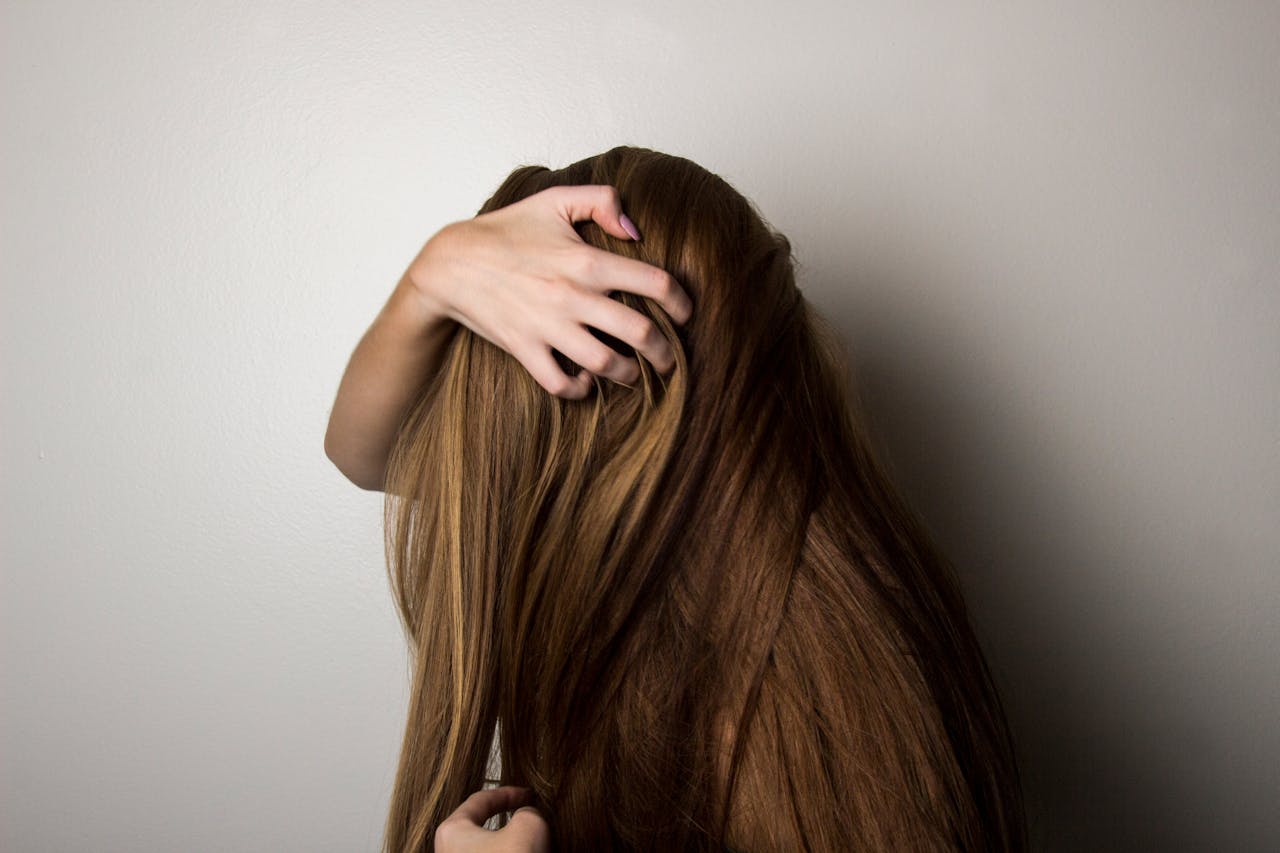
In the quest for beautiful, healthy hair, many people often fall prey to widely accepted but misleading hair care myths. With the abundance of information available online and the countless tips shared among friends and family, it can be challenging to separate fact from fiction. Unfortunately, believing in these myths can lead to ineffective hair care routines and even damage to your hair. From misconceptions about hair washing to the effectiveness of certain products, understanding the truth behind these myths is essential for achieving your hair goals. In this article, we’ll debunk seven common hair care myths that you need to stop believing for healthier, more beautiful hair.
1. Frequent Trims Make Hair Grow Faster
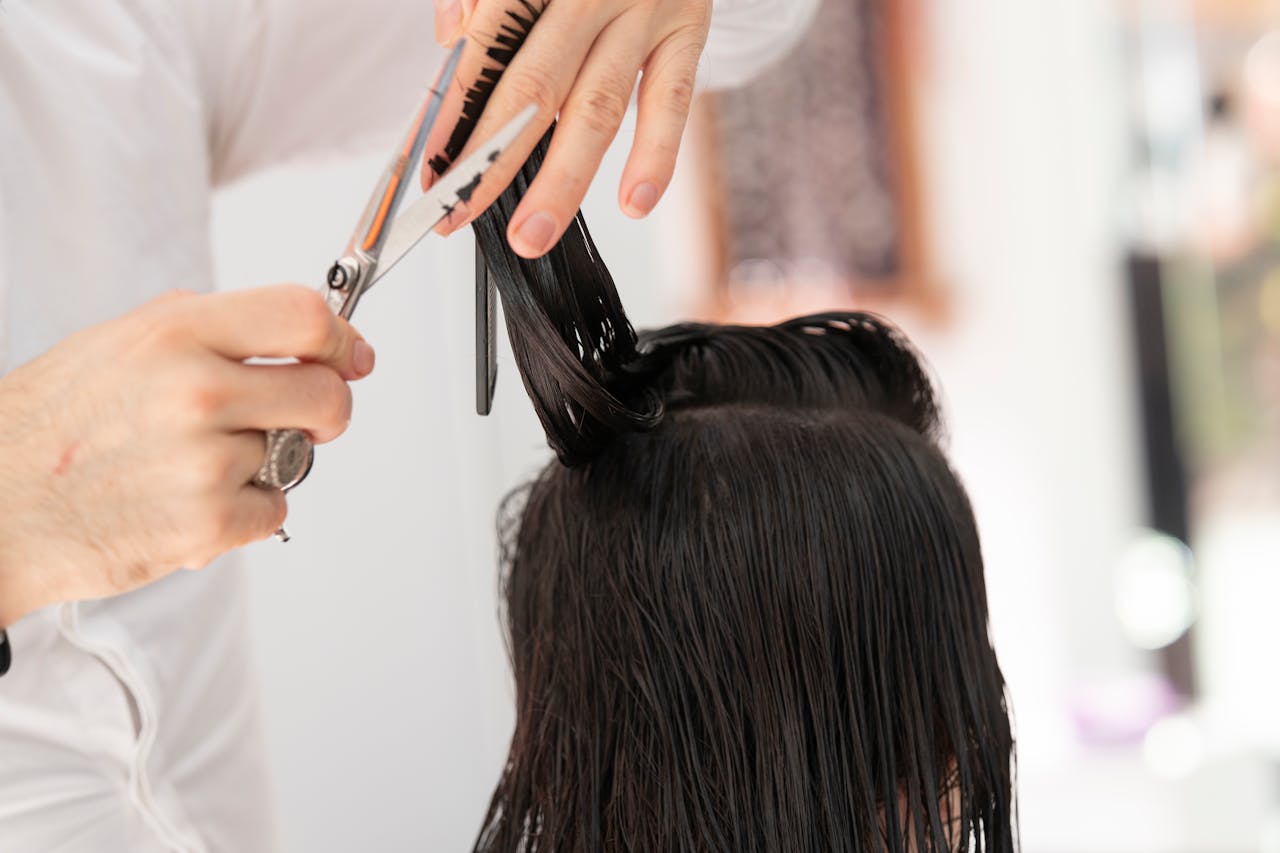
One of the most pervasive hair care myths is that frequent trims will promote faster hair growth. While getting regular haircuts can help eliminate split ends and prevent breakage, it doesn’t actually affect the speed at which your hair grows. Hair growth occurs from the follicle in the scalp, and trimming the ends won’t change this biological process. Typically, hair grows at an average rate of half an inch per month, regardless of how often you get it cut. Instead, focus on maintaining a healthy scalp and a balanced diet to support natural hair growth.
2. You Should Wash Your Hair Daily
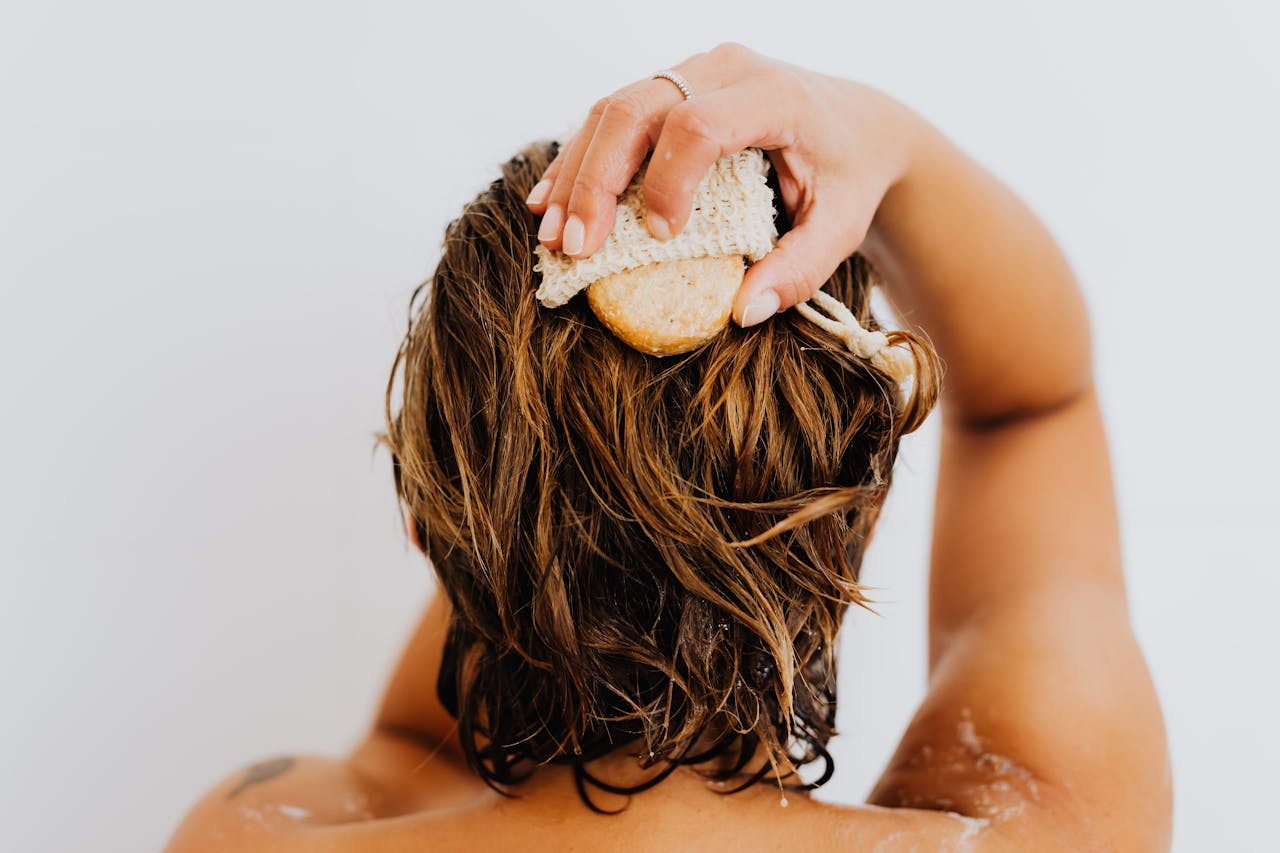
Another myth is that daily washing is necessary for keeping hair clean and healthy. While some people with very oily hair might feel the need to wash their hair every day, most hair types benefit from less frequent washing. Over-washing can strip the hair of its natural oils, leading to dryness, frizz, and even scalp irritation. The optimal frequency for washing your hair largely depends on your hair type: oily hair may require more frequent washing, while dry or curly hair typically needs washing just once or twice a week. Finding a balance that works for your unique hair type will yield the best results.
3. Hair Products Can Change Your Hair Texture
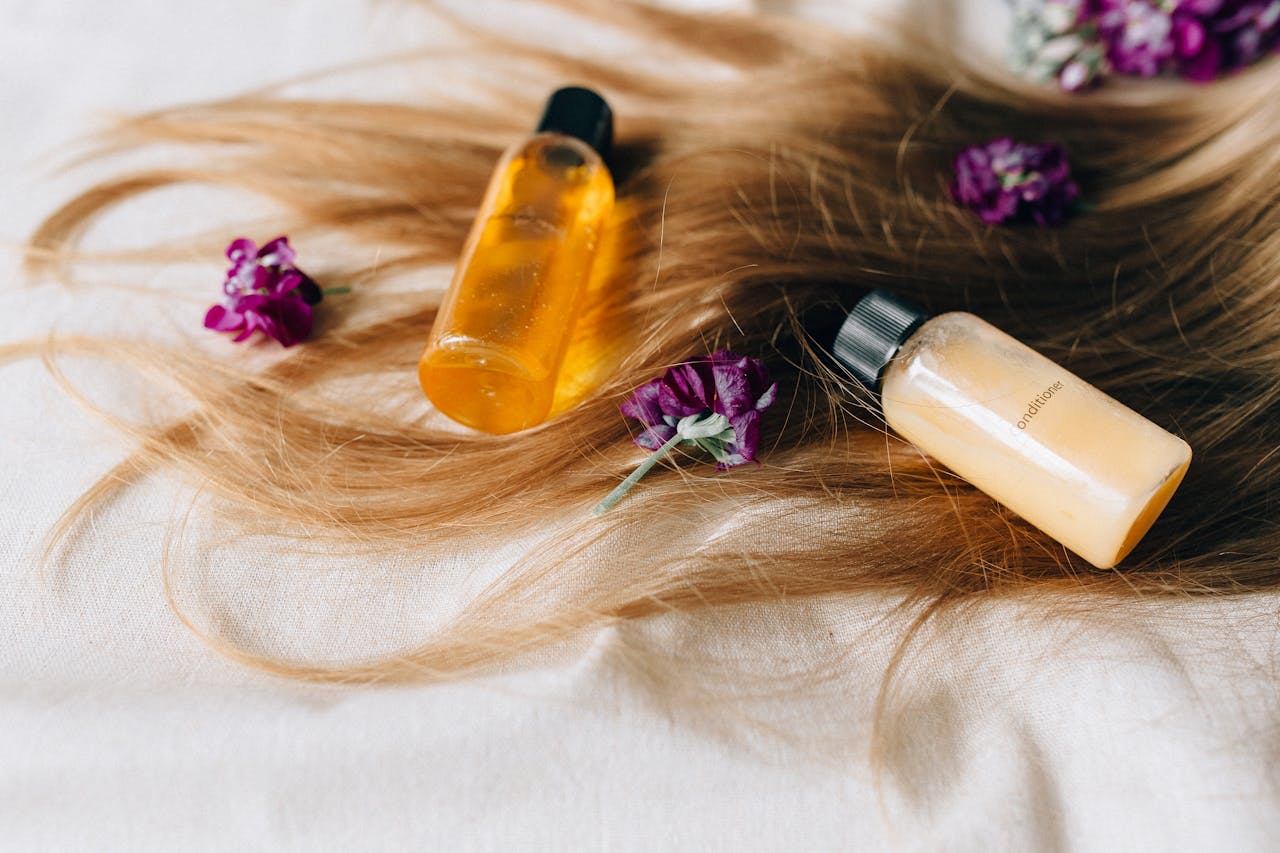
Many people believe that hair products can permanently change their hair texture—like making straight hair curly or vice versa. While certain products can provide temporary styling effects, such as heat protectants for straightening or mousse for added volume, they do not alter the hair’s structure. Your hair texture is determined by genetics, specifically the shape of the hair follicle. For those looking for a change, permanent solutions like chemical relaxers or perms are available, but these can lead to damage and should be approached with caution. Remember, the right products can enhance your natural texture but won’t change it fundamentally.
4. Hair Loss Is Only a Genetic Issue
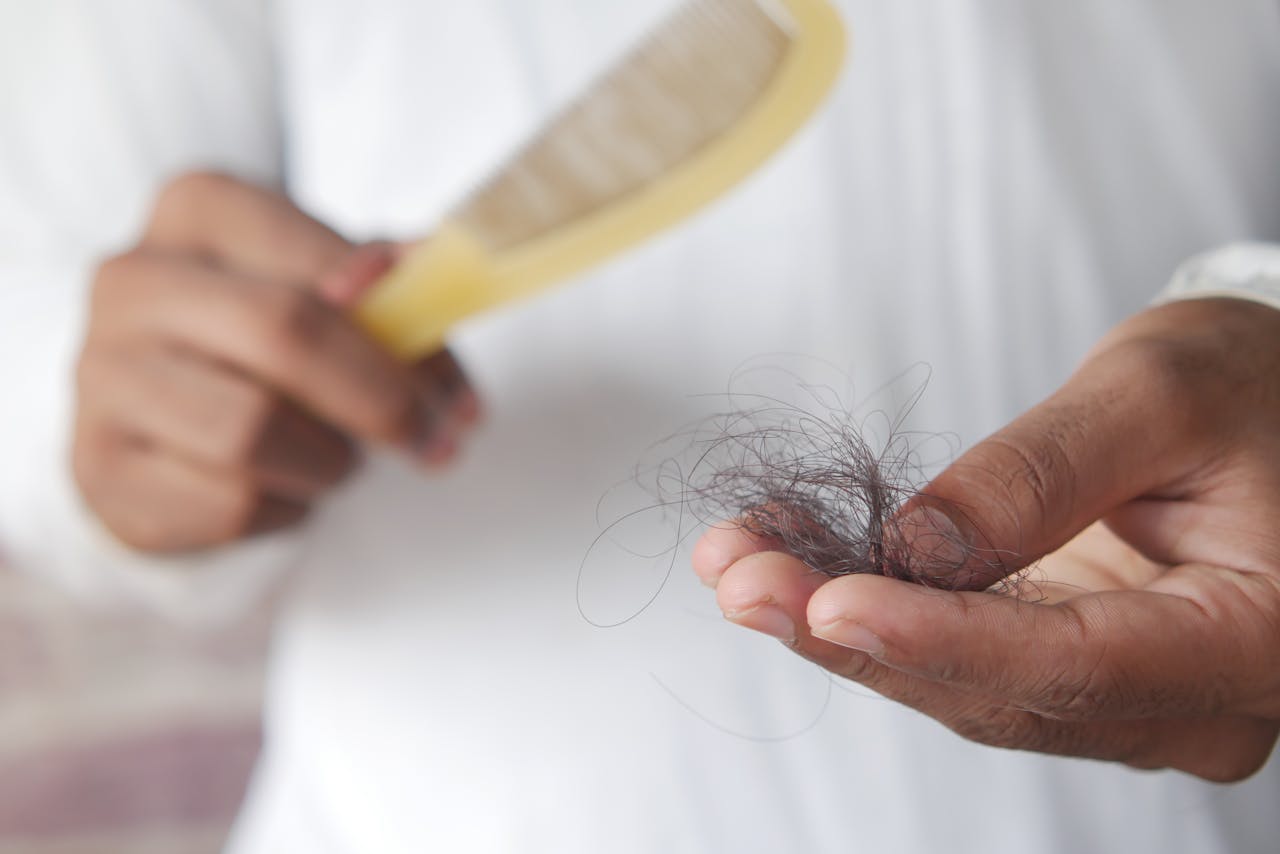
While genetics plays a significant role in hair loss, it’s a myth that it is the only factor contributing to this common concern. Various external factors can influence hair health, including stress, hormonal changes, medical conditions, and poor nutrition. For example, conditions such as thyroid disorders, anemia, and alopecia areata can lead to hair loss in individuals regardless of their genetic background. Additionally, lifestyle factors like diet and stress management can significantly impact hair health. If you’re experiencing hair loss, consult a healthcare professional to identify potential underlying issues and explore treatment options.
5. Natural Oils Can Replace Conditioner
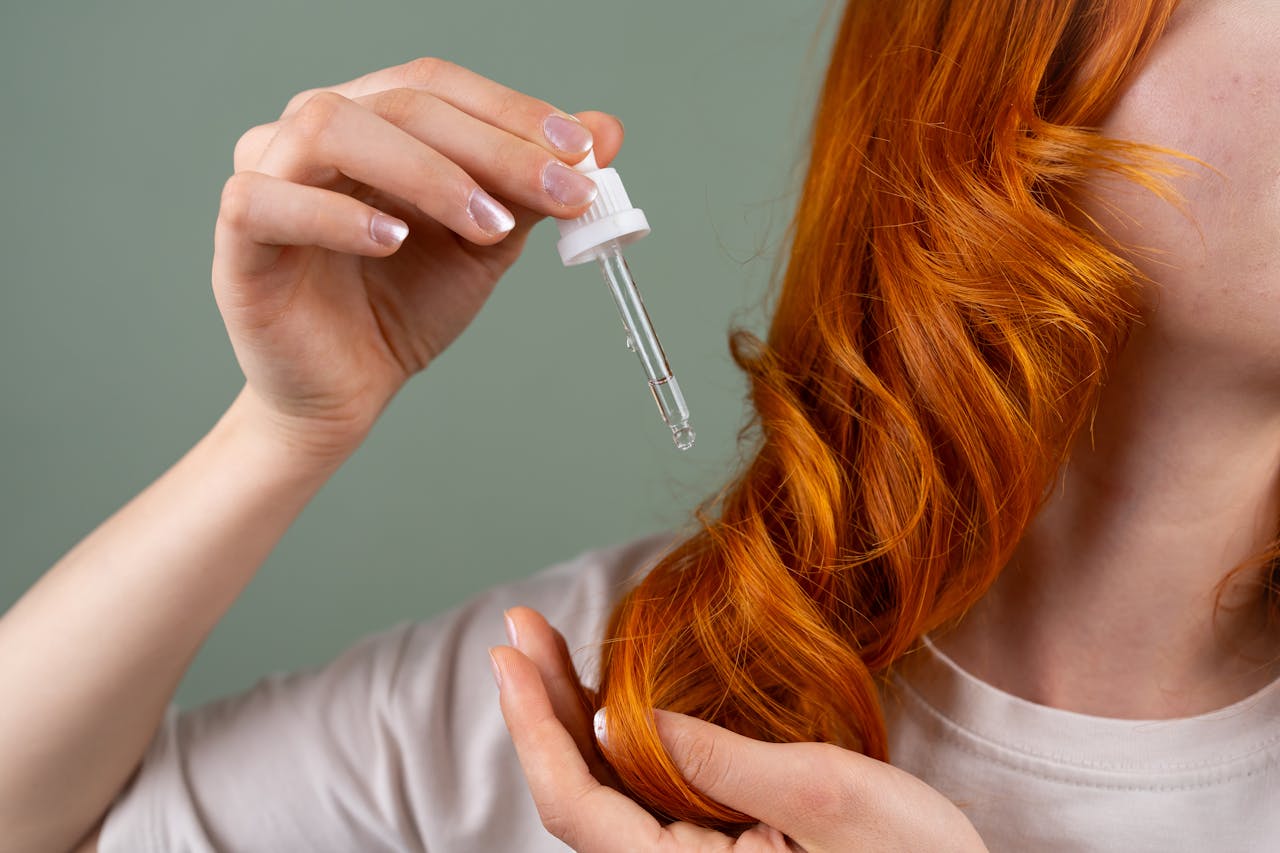
Many people believe that using natural oils, such as coconut or olive oil, can substitute for traditional conditioners. While natural oils can provide moisture and shine, they do not have the same properties as a conditioner formulated to detangle, soften, and repair hair. Conditioners typically contain a blend of ingredients designed to penetrate the hair shaft, reduce frizz, and protect against damage. While incorporating natural oils into your hair care routine can be beneficial, they should be used in conjunction with a good conditioner rather than as a complete replacement.
6. The More Product You Use, the Better Your Hair Will Look
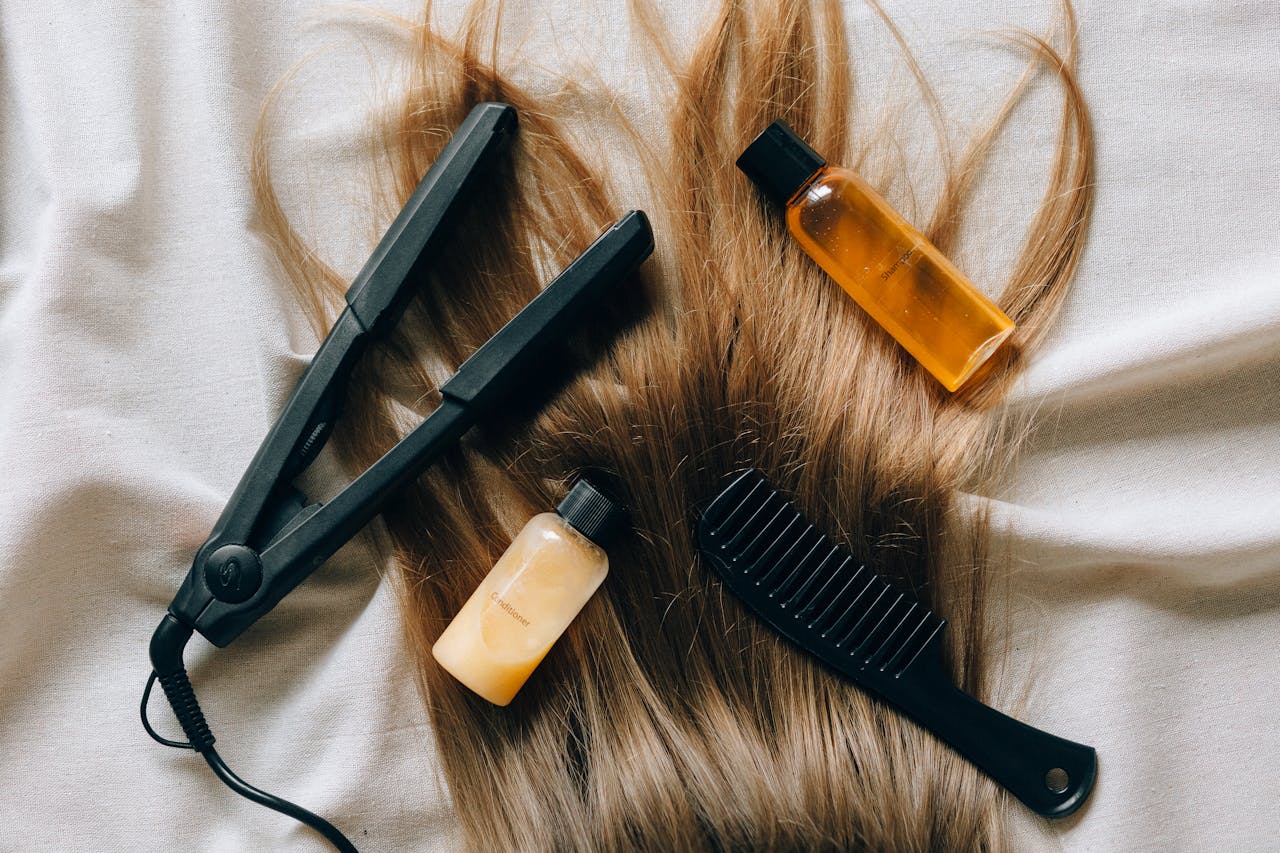
A common misconception is that using more product will yield better results. However, overloading your hair with styling products can lead to buildup, leaving your hair feeling heavy, greasy, and dull. It’s essential to use the right amount of product for your hair type and desired style. Generally, less is more—start with a small amount of product and gradually add more as needed. Pay attention to how your hair reacts to different products and adjust accordingly. Using quality products in moderation will result in healthier-looking hair without the unwanted weight.
7. Color-treated Hair Needs No Moisture

Many believe that once their hair is color-treated, it no longer requires moisture, as the dye itself provides enough hydration. This is far from the truth. Color-treated hair often becomes dry and brittle due to the chemical processes involved in dyeing. To maintain vibrancy and prevent damage, it’s crucial to incorporate a deep conditioning treatment or a hydrating mask into your hair care routine regularly. Look for products specifically formulated for color-treated hair, as they often contain ingredients designed to nourish and protect colored strands. Prioritizing moisture will help your hair retain its shine and elasticity, extending the life of your color.
Final Thoughts
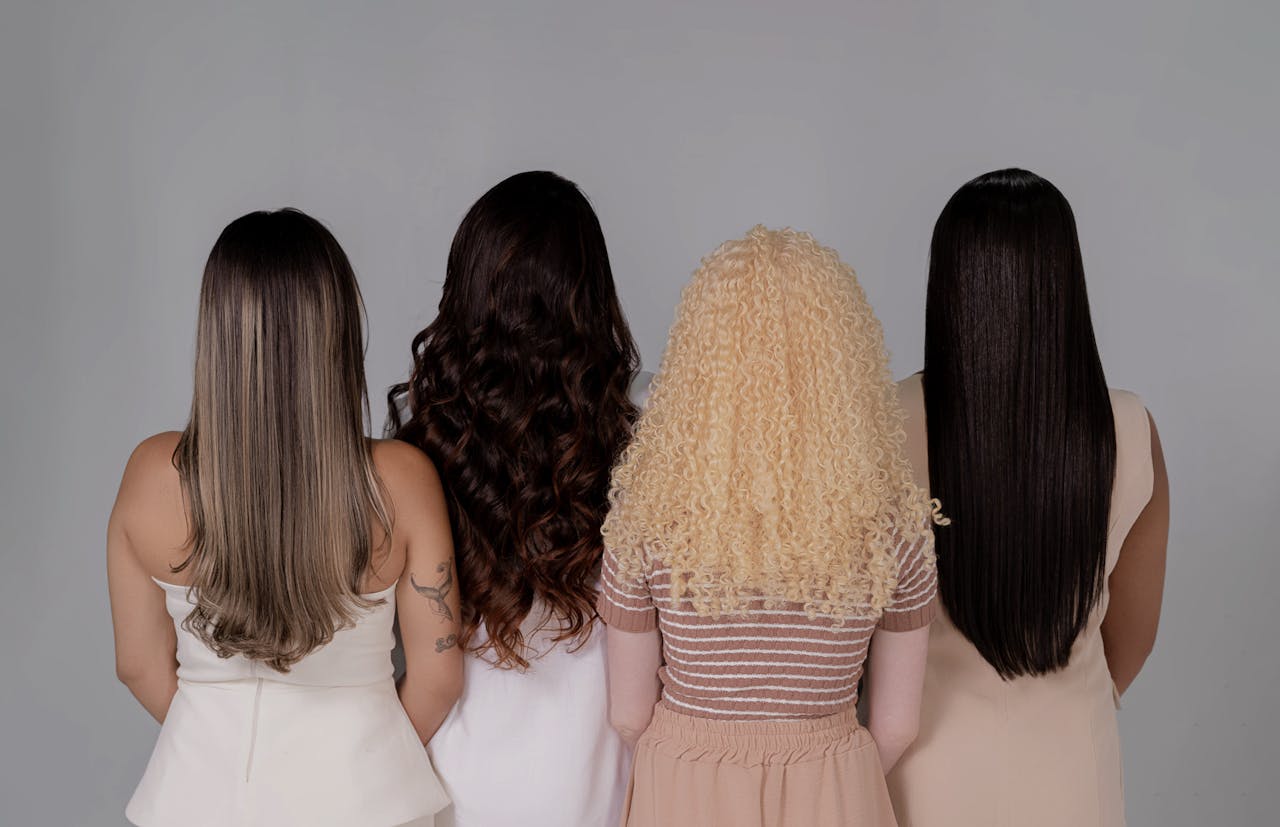
In a world filled with hair care advice, it’s easy to fall for common myths that can hinder your hair’s health and beauty. By debunking these seven myths—frequent trims don’t speed up hair growth, daily washing isn’t always necessary, products can’t change texture, hair loss is not purely genetic, natural oils shouldn’t replace conditioners, more product doesn’t equal better results, and color-treated hair needs moisture—you can adopt a more informed and effective hair care routine. Embrace the truth behind these myths, and you’ll be well on your way to achieving healthy, beautiful hair that reflects your unique style. Remember, the best hair care practices are those tailored to your specific hair type and needs, so experiment and find what works best for you!
Leave a Reply